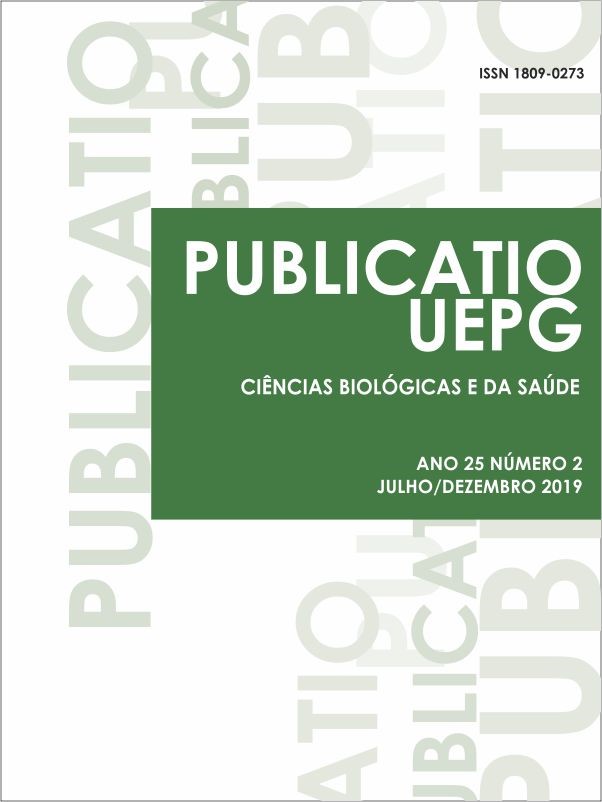ESTUDO COMPARATIVO DA TÉCNICA DE REPARO DO NERVO ISQUIÁTICO DE RATOS WISTAR COM E SEM O USO DE INVÓLUCRO VENOSO
Abstract
Abstract
Background: Considering the quality of motor function, the authors compared different peripheral nerve repair techniques with the end-to-end neurorrhaphy technique associated with the venous wrap. As previously described by other authors, the vein wrapping technique has shown promising results regarding the reduction of nerve fiber dispersion, perineural scar and neuroma formation. However, data regarding motor recovery were not clear yet. Therefore, the aim of this study is to evaluate the motor recovery of the neurorraphy with vein wrapping.
Methods: This article is an experimental study with randomized control trials. We used a rat sciatic nerve injury model in which we completely transected and repaired the right sciatic nerve. Therefore, 4 groups were created: control (C), end-to-end neurorrhaphy (N), vein tube (V) and the group of end-to-end neurorrhaphy associated with vein wrapping (NV). In the postoperative period, the specimens had motor function assessed by the Sciatic Function Index (SFI) at the 4th, 8th and 12th week.
Results: Considering the motor function of the groups N and NV, these had showed a higher SFI score in relation to group C and V (p = 0.00000). Comparing N with NV both groups were identical, in other words, significant differences were not found (p=0,00631).
Conclusions: Considering statistical data, groups N and NV were strictly equal. Therefore, the techniques of isolated end-to-end neurorrhapy or associated with the vein wrapping were similar in terms of motor function recovery and they may be used interchangeably.
Keywords - Neurorrhaphy; Venous Sheath; Peripheral Nerve Injuries
Downloads
Downloads
Published
Issue
Section
License

Este obra está licenciado com uma Licença Creative Commons Atribuição 4.0 Internacional.
Esta licença permite que outros distribuam, remixem, adaptem e criem a partir do seu trabalho, mesmo para fins comerciais, desde que lhe atribuam o devido crédito pela criação original. Este posicionamento está de acordo com as recomendações de acesso aberto da Budapest Open Access Initiative (BOAI).


